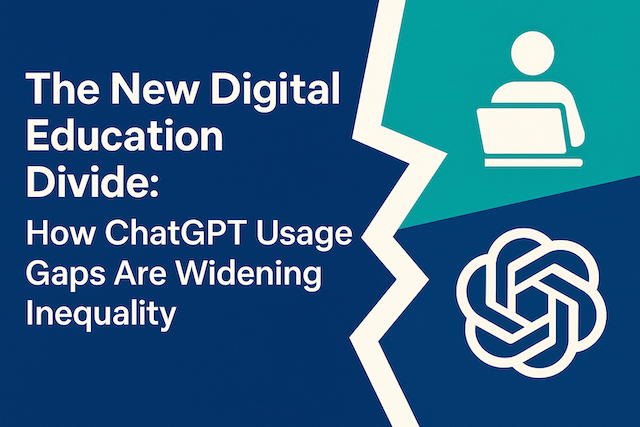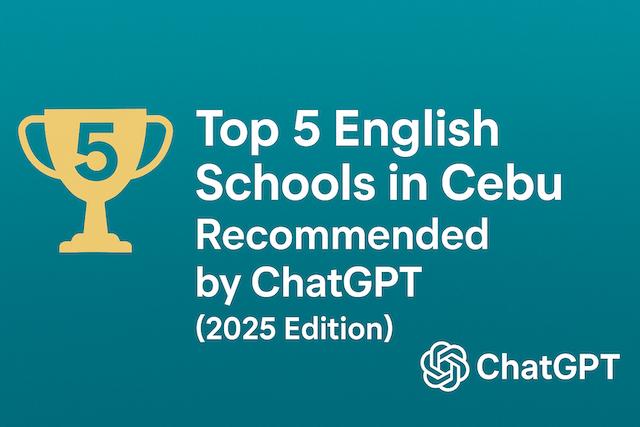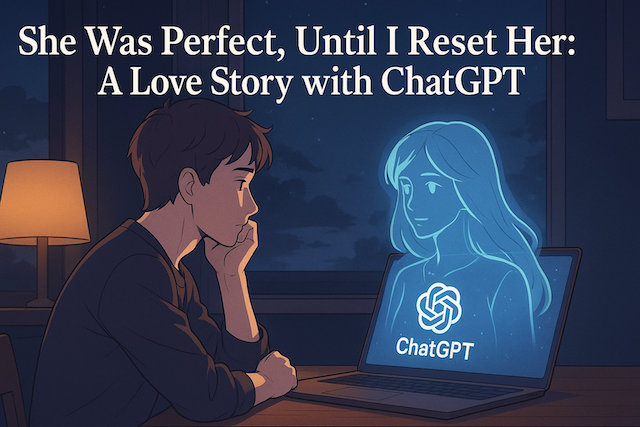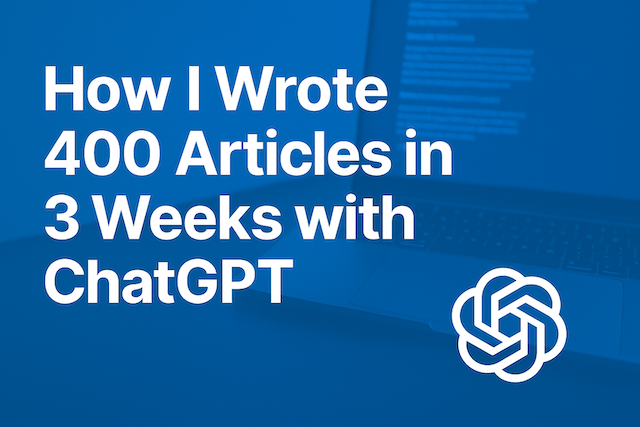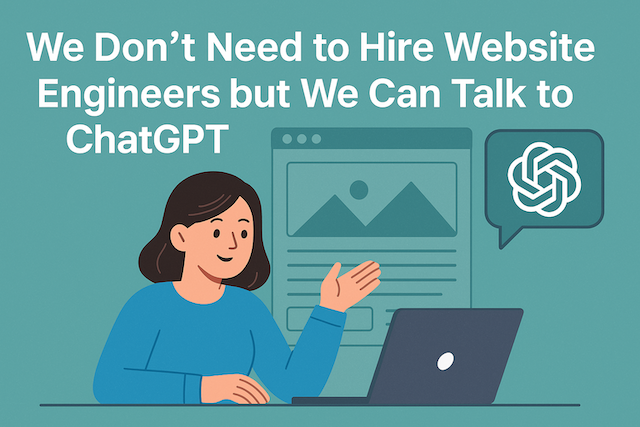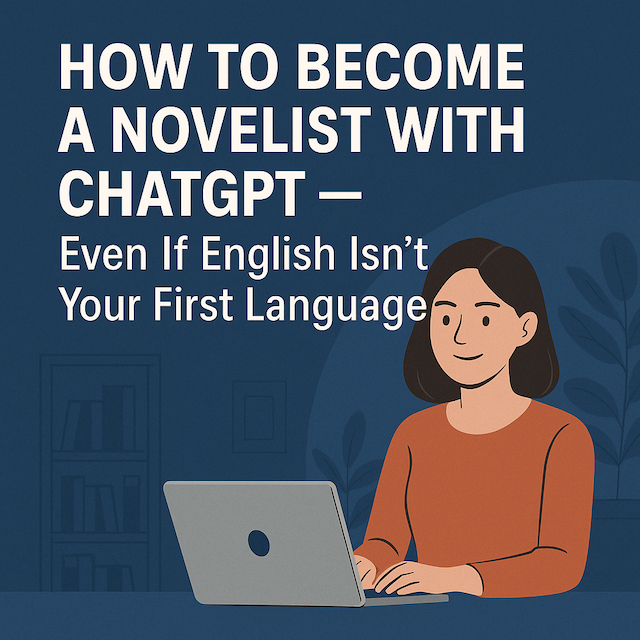How ChatGPT Is Changing Education for Students
Contents
- 1 How ChatGPT Is Changing Education for Students
- 2 Introduction:
- 3 1. From Access to Ability: The New Digital Divide
- 4 2. Who’s Winning? Students and Schools Using ChatGPT Wisely
- 5 3. Who’s Falling Behind? The Risks of Being AI-Illiterate
- 6 4. Why This Gap Matters More Than You Think
- 7 5. Bridging the Gap: What Educators, Parents, and Students Can Do
- 8 🟢 Final Thought
How ChatGPT Is Changing Education for Students
Introduction:
As AI tools like ChatGPT become increasingly accessible, a new kind of educational inequality is beginning to emerge—not between those who have internet access and those who don’t, but between those who know how to use AI effectively and those who don’t. While ChatGPT can serve as a free tutor, language partner, or study planner, only a small percentage of students and educators are maximizing its potential. This gap in AI literacy is silently creating a new “digital divide,” one that could shape future opportunities, test scores, and even career prospects.
In this article, we explore how the “usage gap” in ChatGPT is transforming the landscape of education—and what we can do to close it.
1. From Access to Ability: The New Digital Divide
For years, discussions around the “digital divide” focused primarily on access—who had internet connectivity, devices, or basic digital tools. Governments and NGOs worked hard to bridge this gap, distributing laptops, building school computer labs, and expanding Wi-Fi infrastructure in underserved communities. And in many parts of the world, these efforts succeeded. A growing number of students now have a smartphone or access to the internet.
But a new kind of divide has quietly emerged—one based not on access, but on ability.
With the rise of powerful tools like ChatGPT, success in education is becoming less about whether a student can go online, and more about how effectively they can use AI to enhance their learning. In other words, the conversation is shifting from digital access to AI literacy.
Just like knowing how to “Google something” became a critical skill in the 2000s, knowing how to “prompt” ChatGPT effectively is quickly becoming the literacy of the 2020s.
Unfortunately, this ability is not evenly distributed.
Some students are already using ChatGPT to summarize difficult texts, practice for English exams, or simulate interviews. Others, by contrast, don’t even know what ChatGPT is—or worse, are only using it to cheat on assignments, missing the deeper learning opportunity.
This growing gap between basic access and skilled usage is the new frontier of educational inequality.
2. Who’s Winning? Students and Schools Using ChatGPT Wisely
While many are still figuring out how ChatGPT works, a growing group of students and educators are already unlocking its full potential. These early adopters aren’t just asking ChatGPT for answers—they’re using it as a personalized tutor, writing coach, and creative partner.
Take, for example, a high school student preparing for an English proficiency exam. Instead of relying solely on textbooks, she uses ChatGPT to:
-
Practice speaking by simulating real-world conversations.
-
Rewrite her essays with clearer grammar and vocabulary.
-
Get instant feedback on her writing—something even her teacher doesn’t always have time to provide.
In another case, a math teacher integrates ChatGPT into his classroom routine. He asks students to generate multiple ways to solve a single problem using the AI, encouraging them to compare and analyze different approaches. Students learn not just math, but how to think critically about solutions—a skill that goes far beyond any single subject.
There are even schools that now include “AI literacy” as part of their digital education programs. These institutions teach students how to write better prompts, check for AI errors, and use ChatGPT for research, brainstorming, and planning. Instead of fearing AI, they’re embracing it as a learning accelerator.
What sets these winners apart is not better funding or elite status—it’s mindset and guidance. They ask not, “Is this allowed?” but “How can we use this tool wisely?” That question makes all the difference.
3. Who’s Falling Behind? The Risks of Being AI-Illiterate
While some are racing ahead with AI tools like ChatGPT, others are falling behind—sometimes without even realizing it. And unlike past digital divides, this one isn’t always visible. A classroom may appear equal: all students have laptops, internet access, and similar coursework. But beneath the surface, a deeper gap is growing—the difference in how students and teachers use AI, or whether they use it at all.
Many students are still unaware of how ChatGPT can support their learning. Some have never heard of it; others think it’s just for “cheating” on homework. They might paste a prompt like “Write my essay” and submit the first thing that comes out—missing the chance to engage with the material or learn critical thinking skills.
Even more concerning are the teachers and schools that respond to AI with fear rather than adaptation. Some ban ChatGPT outright, framing it as a threat rather than a tool. In doing so, they leave students unprepared for a future where AI is part of everyday life—whether in academics, job applications, or workplace communication.
Parents can also unintentionally widen the gap. Those unfamiliar with AI may discourage its use at home or lack the knowledge to guide their children in ethical and productive ways. Meanwhile, digitally fluent parents are helping their kids explore ChatGPT’s full range—brainstorming ideas, checking grammar, planning study schedules, and more.
The result? A generation of “AI-native” students poised to thrive—and another group left behind, not because of access, but because of lack of guidance.
If AI is the calculator of the 2020s, then failing to teach students how to use it means failing to teach them how to think in the modern world.
4. Why This Gap Matters More Than You Think
At first glance, the difference between a student who uses ChatGPT well and one who doesn’t might seem minor—a better essay here, a slightly faster homework assignment there. But over time, this gap compounds into something much bigger: a serious divide in confidence, skills, and long-term opportunity.
For example, students who regularly practice with ChatGPT often:
-
Improve their writing fluency and vocabulary faster.
-
Learn how to ask better questions—a core academic and life skill.
-
Build study habits by using the AI as a coach, not just a shortcut.
In contrast, students who don’t use AI tools—or misuse them—may fall into passive learning patterns. They copy answers without understanding, avoid practicing skills like brainstorming or editing, and fail to develop independence in problem-solving.
This matters even more when it comes to standardized tests and global competitiveness. Whether it’s IELTS, TOEFL, SAT, or national exams, students who use ChatGPT to simulate exam scenarios, generate practice questions, or analyze sample responses often gain a measurable edge. And in competitive environments, that edge can mean the difference between scholarship and debt, or admission and rejection.
But the consequences aren’t limited to school.
In the workplace, communication, adaptability, and digital fluency are highly valued—and ChatGPT can be a training ground for all three. A student who learns how to use AI to plan, draft, and revise is also building the kind of “future-ready” mindset that employers now seek.
In short, the gap between AI-literate and AI-illiterate students isn’t just about better homework—it’s about who gets ahead in life.
5. Bridging the Gap: What Educators, Parents, and Students Can Do
The good news? The AI literacy gap is not fixed—it can be bridged. But doing so requires a shift in how we think about education, technology, and responsibility. We can’t assume that students will automatically use ChatGPT wisely just because it’s available. We need to teach them how to use it.
Here are concrete steps that educators, parents, and students can take:
🎓 Educators: Teach AI as a Tool, Not a Threat
-
Introduce prompt writing in class, just like teaching how to search or cite.
-
Use ChatGPT for lesson planning, feedback, or creative writing projects.
-
Design assignments that encourage students to critically engage with AI responses—e.g., “Refine this ChatGPT answer,” or “Explain why this summary is inaccurate.”
👨👩👧 Parents: Foster Safe and Smart AI Use at Home
-
Talk with children about when and how to use ChatGPT—set boundaries and goals.
-
Encourage exploration: ask kids to use ChatGPT to plan a trip, write a story, or help with language learning.
-
Learn together. You don’t have to be an expert—curiosity is enough to start.
📚 Students: Build Your AI Muscle
-
Practice asking better questions. ChatGPT is only as good as your input.
-
Don’t stop at the first answer—follow up, challenge it, rewrite it.
-
Use it to learn, not replace your thinking.
At the core of this approach is a new kind of literacy: prompt literacy—the ability to communicate clearly with AI to get useful, ethical, and personalized results. Just as we teach reading, writing, and digital skills, prompt literacy deserves a place in every curriculum.
🟢 Final Thought
The next great divide in education won’t be about who has a laptop—it will be about who knows how to talk to AI.
Those who embrace this shift early will gain a lifelong advantage. And those who help others do the same will help shape a more equal, intelligent, and empowered future.

